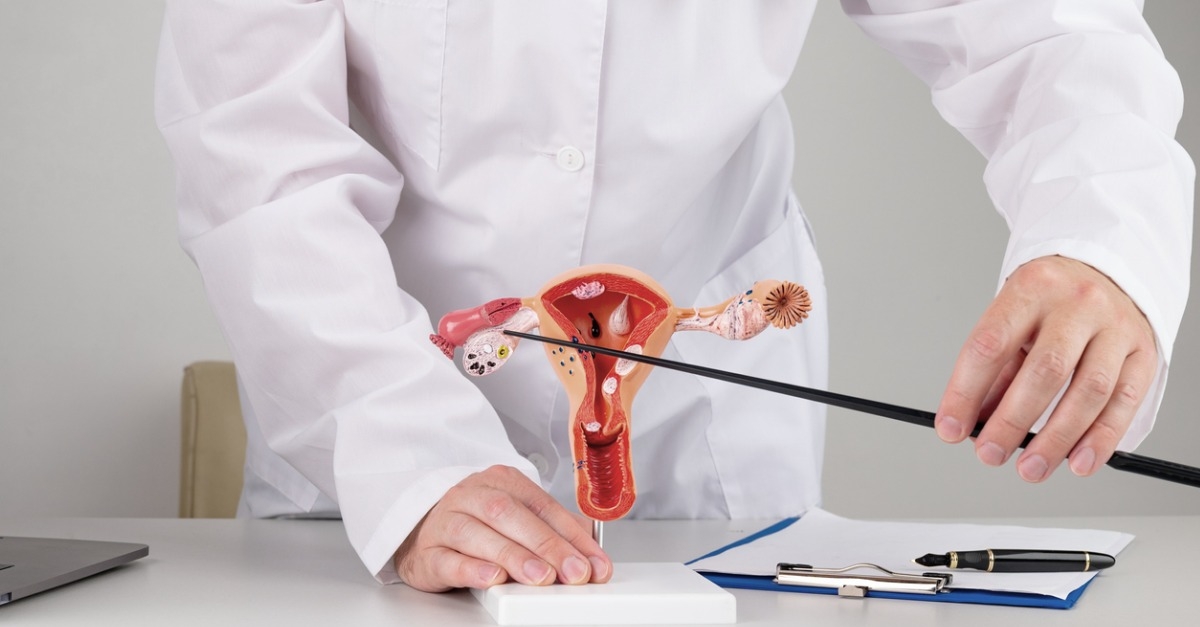Hysteroscopy: What Is It and When Should You Consider It?
While imaging services like CT scans and MRI can provide many insights about the body, there are certain internal structures that require different techniques for clinical assessment. In the field of gynecology, doctors use a hysteroscopy to look inside the cervix and uterus. Here’s everything you need to know about the procedure.
What Does Hysteroscopy Entail?
A hysteroscopy involves the use of a tube known as a hysteroscope, which is equipped with a small camera. The hysteroscope is inserted through the vagina and sends images onto a video screen for analysis. A hysteroscopy can be performed either in a hospital or in a doctor’s office. Depending on the extent of the procedure, it may be performed while you’re awake or under general anesthesia.
The process begins similar to how a Pap smear is performed. The doctor will gently insert a speculum to open your vagina. The hysteroscope will be inserted next, and a gas or liquid (such as saline) will be pushed through the tool to expand your uterus. This provides a better view of your entire reproductive system, including your uterus and its lining, the opening of your fallopian tubes, and your cervix.
Some patients find the procedure and the period afterwards to be painless, but for others, cramping may occur. You may also experience light bleeding, as well as gas pains that can persist for about 24 hours. Your doctor will provide aftercare instructions, which may include taking over-the-counter medications and avoiding sex for several days.
Who Might Need a Hysteroscopy?
A hysteroscopy is commonly used as a diagnostic procedure. For example, a hysteroscopy may be recommended to investigate abnormal uterine bleeding, abnormal Pap test results, post-menopausal bleeding, infertility, or repeated miscarriages.
In some cases, a hysteroscopy may even be used as a form of treatment. Also known as an operative hysteroscopy, this procedure is done by a surgeon to remove any abnormalities causing issues such as irregular uterine bleeding. A surgeon may also use both a diagnostic and operative hysteroscopy at once; for example, they may start out by diagnosing the issue and then perform the necessary treatment to address it thereafter.
Some of the issues that can be treated during hysteroscopy include:
- Adhesions: Uterine adhesions are areas of scar tissue that can affect fertility and lead to menstrual changes. These may be located or removed during a hysteroscopy.
- Polyps and fibroids: Surgeons can also perform the surgical removal of these abnormalities during a hysteroscopy.
- Displaced IUD: Should an intrauterine device become displaced, this procedure is sometimes used to locate and remove it.
Doctors may also take a small tissue sample during a hysteroscopy if any abnormalities are detected that call for further testing.
If you’re experiencing an issue that could benefit from a hysteroscopy, contact our team to discuss your options. Our team uses cutting-edge technology to perform diagnostic and screening tests, as well as procedures to address a range of women’s health issues. Request an appointment online or by calling our office at 404-352-2850.



